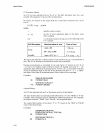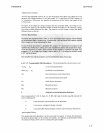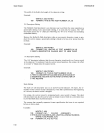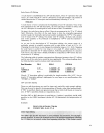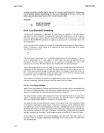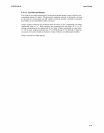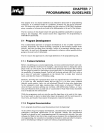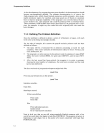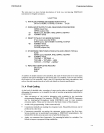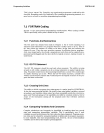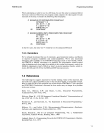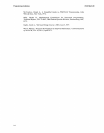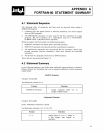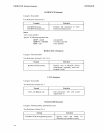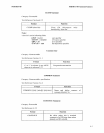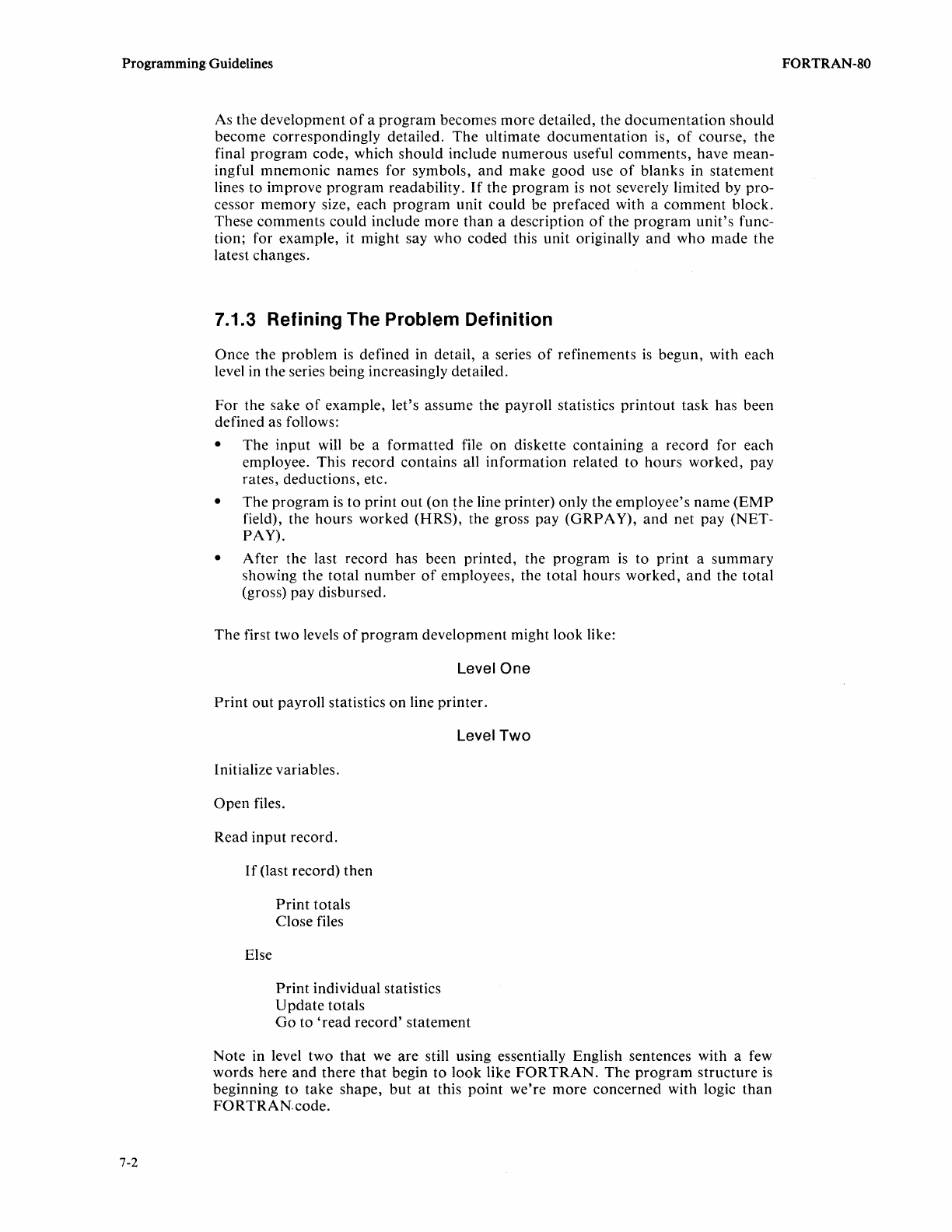
Programming Guidelines
7-2
As the development
of
a
program
becomes
more
detailed, the
documentation
should
become correspondingly detailed.
The
ultimate
documentation
is,
of
course, the
final
program
code, which should include numerous useful
comments,
have mean-
ingful mnemonic names for symbols,
and
make
good use
of
blanks in statement
lines to improve
program
readability.
If
the
program
is
not
severely limited by pro-
cessor
memory
size, each
program
unit could be prefaced with a
comment
block.
These comments could include
more
than
a description
of
the
program
unit's
func-
tion; for example, it might say who coded this unit originally
and
who
made
the
latest changes.
7.1.3 Refining The Problem Definition
Once the problem
is
defined in detail, a series
of
refinements
is
begun, with each
level in the series being increasingly detailed.
For
the sake
of
example, let's assume the payroll statistics
printout
task has been
defined as follows:
• The
input
will be a
formatted
file on diskette containing a record for each
employee. This record contains all
information
related to hours worked, pay
rates, deductions, etc.
• The
program
is
to
print
out
(on the line printer) only the employee's
name
(EMP
field), the hours worked (HRS), the gross pay
(GRPA
Y),
and
net pay (NET-
PAY).
•
After the last record has been printed, the
program
is
to
print
a
summary
showing the total
number
of
employees, the total hours worked,
and
the
total
(gross) pay disbursed.
The
first two levels
of
program
development might look like:
Level One
Print
out payroll statistics
on
line printer.
Initialize variables.
Open
files.
Read
input
record.
If
(last record) then
Else
Print
totals
Close files
Print
individual statistics
Update
totals
Level
Two
Go
to
'read
record'
statement
Note
in level two
that
we are still using essentially English sentences with a few
words here
and
there
that
begin
to
look like
FORTRAN.
The
program
structure
is
beginning
to
take shape,
but
at
this
point
we're
more
concerned with logic
than
FORTRAN.code.
FORTRAN-80



